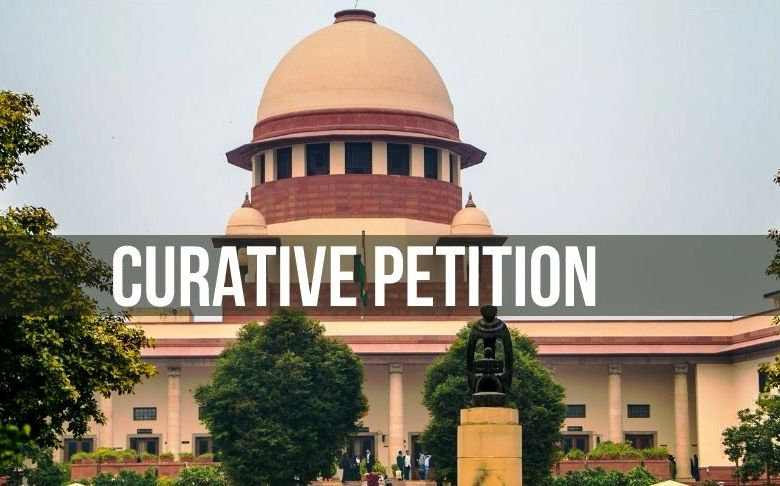Free Courses Sale ends Soon, Get It Now


Free Courses Sale ends Soon, Get It Now



Copyright infringement not intended
Picture Courtesy: www.lawinsider.in
Context: The Supreme Court's decision to hear the curative petitions filed by Vodafone Idea and Bharti Airtel regarding the calculation of adjusted gross revenue (AGR) dues is a significant development in the ongoing legal battle between the Department of Telecommunications (DoT) and these telecom operators.
Details
What is a Curative Petition?
Conditions for Filing a Curative Petition
Review Process
Grounds for Filing a Curative Petition
Factors Considered by the Court
Examples of Curative Petitions
Conclusion
Must Read Articles:
CURATIVE PETITION IN BHOPAL GAS TRAGEDY CASE: https://www.iasgyan.in/daily-current-affairs/curative-petition-in-bhopal-gas-tragedy-case
|
PRACTICE QUESTION Q. What are the main obstacles to comprehensive judicial reform in India, and what strategies could be employed to address these challenges and enhance the efficiency and accessibility of the Indian judicial system? |
© 2024 iasgyan. All right reserved